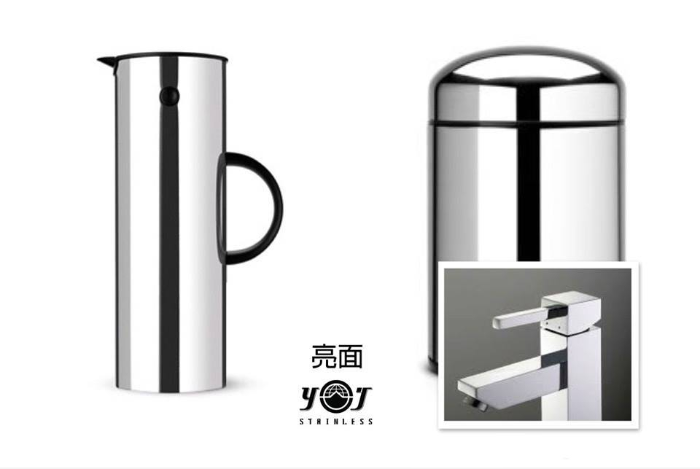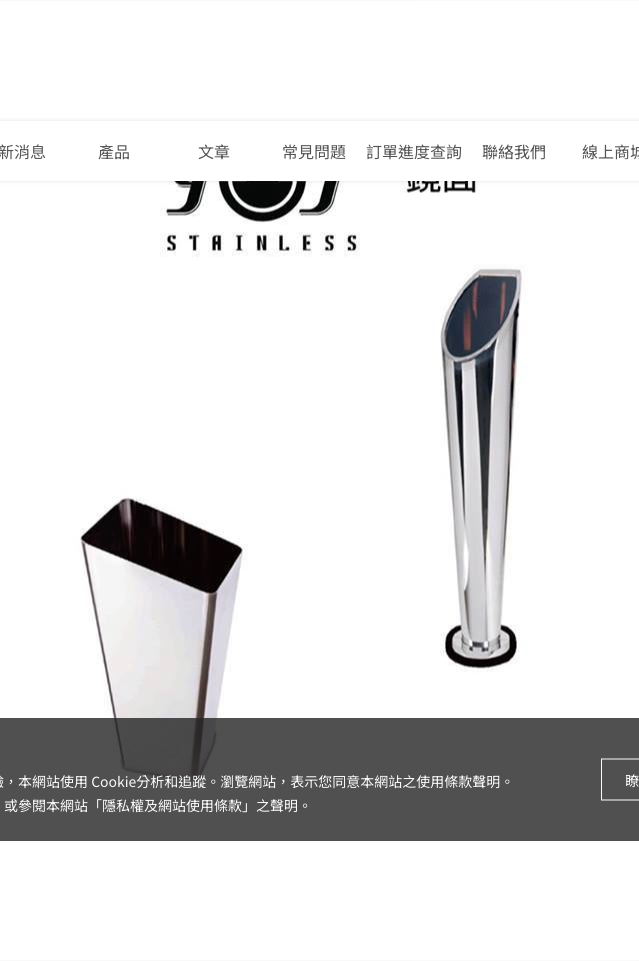
Stainless Steel Product Maintenance Tips: Restoring Shine is Super Simple
In daily life, stainless steel products are everywhere, such as stainless steel trash cans, stainless steel doors, stainless steel tables, stainless steel mailboxes, stainless steel sinks, chairs, etc. Their sturdy durability and rust-proof, odor-resistant properties make stainless steel products an integral part of our lives. With years of use, the surface of stainless steel will gradually lose its luster. How can you restore its shine and make it look brand new again?
We have different maintenance methods for different stainless steel surfaces:

Maintenance for Hairline Stainless Steel: Hairline stainless steel is often used in stainless steel products such as trash cans, sinks, and stainless steel tables. When cleaning and maintaining, simply wet a scouring pad with a little dishwashing detergent, and wipe back and forth evenly following the grain of the finish. Please avoid wiping a single spot. Then, wipe dry with a clean cloth to prevent water stains from leaving marks.

Maintenance for Mirror-Finish Stainless Steel: When cleaning mirror-finish stainless steel items, such as stainless steel vases, stainless steel doors, and other stainless steel objects, you can gently wipe with a fine-textured towel dampened with water or a small amount of dishwashing detergent, and then dry with a clean towel. Avoid dragging rough objects across the surface, as this can easily cause scratches and affect the appearance.

However, regardless of the stainless steel finish, all stainless steel materials must be kept dry. After cleaning, water stains and oil must be wiped dry, and at the same time, avoid using acidic or alkaline cleaning agents. Simply cleaning with natural detergents and a dry cloth is sufficient!
Stainless Steel Materials: What is the difference among SUS 200#, 304#, and 430#?
There are approximately over 180 types of stainless steel materials. Among them, the most common are 304#, 430#, and the recently developed 200 series stainless steel material. For the standardization of stainless steel, governments of various countries have established their own market standards. The United States uses AISI, China uses GB, Japan uses JIS, Germany uses DIN; and Taiwan uses CNS.
For example, the most common 304 stainless steel in the market is referred to as SUS 304 in Japanese standards (S stands for steel, US stands for stainless), and AISI 304 in American standards. China and European countries use other labeling methods. Furthermore, because stainless steel contains 18% chromium and 9% nickel, products may also be seen labeled only as 18-9.
Understanding the Three Series of Stainless Steel Materials
According to the Chinese National Standard CNS-8499-G3164 of the Bureau of Standards, Metrology and Inspection, Ministry of Economic Affairs, stainless steel materials can be categorized into three series based on different surface processing, corrosion resistance, and metal content.
The reason stainless steel does not rust is primarily due to the high content of nickel (Ni). Based on nickel (Ni) content alone, the 300 series has the highest content and can effectively protect against external corrosion. The 200 series, which has the second-highest nickel (Ni) content, has a higher percentage of manganese content. Long-term use of super-manganese products can easily harm the body and may increase the risk of neurodegenerative diseases. The 400 series steel, due to the lowest percentage of nickel content, is more prone to rusting compared to the 300 series. Therefore, it is clear that the best stainless steel material is the 300 series. However, some unscrupulous businesses use the high-manganese 200 series to lower costs, so consumers are advised to be cautious.
Recommended Reading: Comparison of Recommended Stainless Steel Kitchen Sink Styles: Pros and Cons Recommended Reading: How to Clean a Stainless Steel Sink